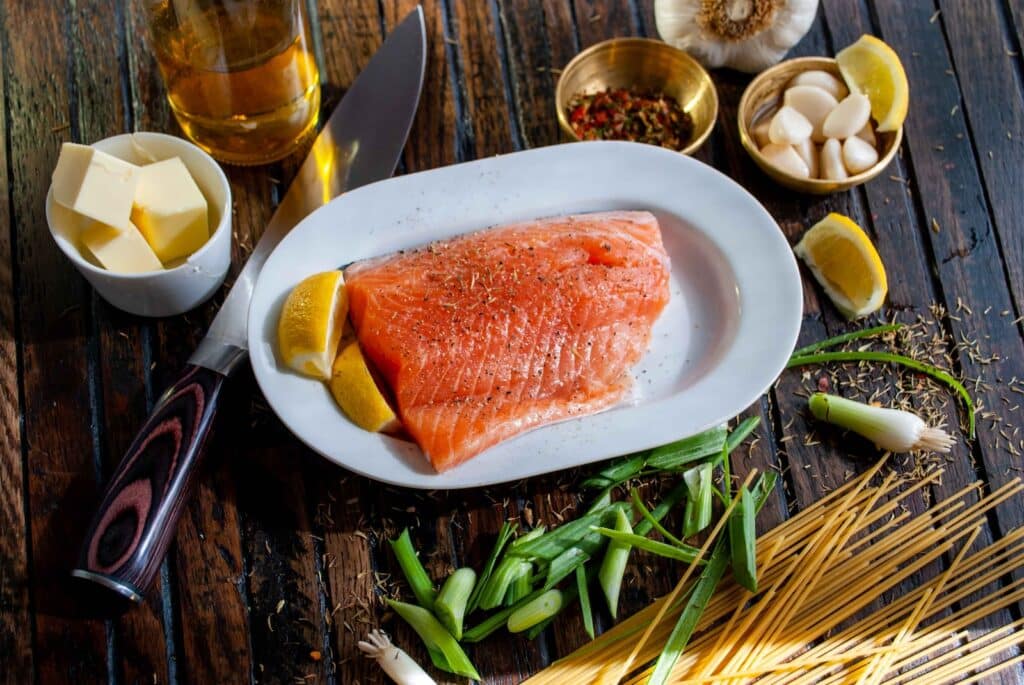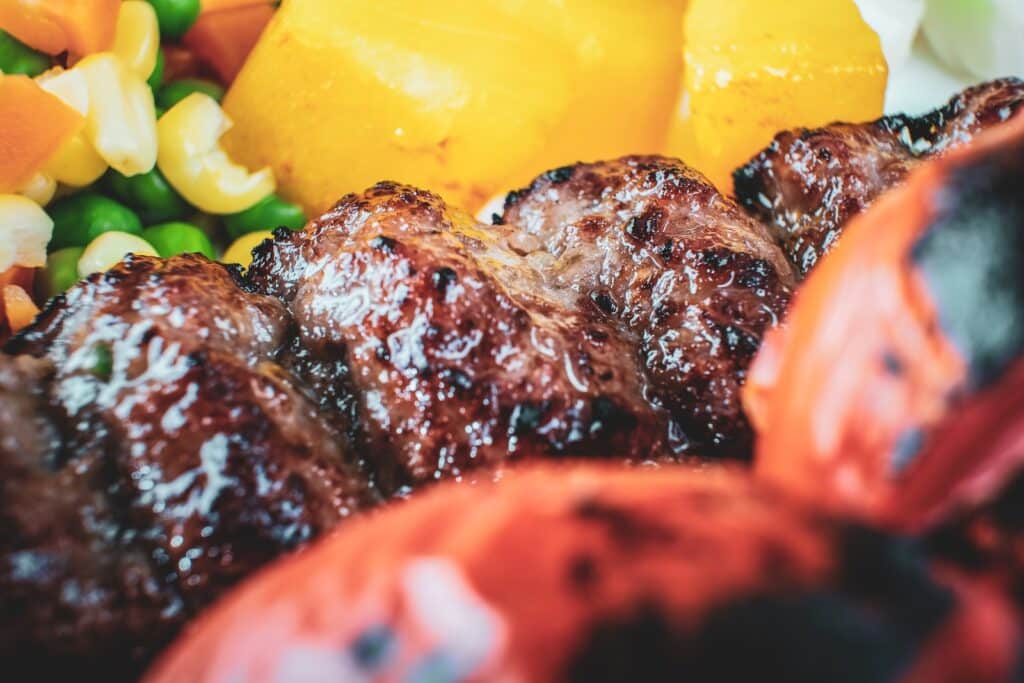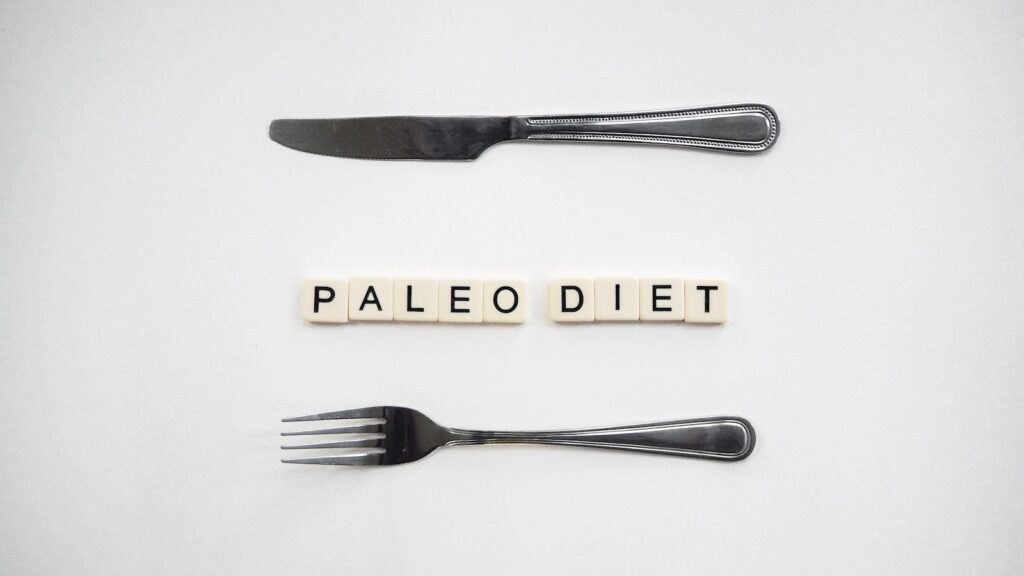Have you ever pondered how our forebears managed to survive the unforgiving prehistoric world without the comforts of today’s processed foods? Enter the Paleo diet, a nutritional plan also known as the caveman or stone-age diet, which could hold the key. This diet, grounded in the idea that consuming unprocessed, natural foods leads to a healthier life, has gained significant traction in recent times. Join us as we delve deeper into this intriguing dietary approach, exploring its rules, foods, and benefits. Prepare to embark on a transformative journey towards improved health and well-being!
Key Takeaways
- Embrace the Paleo diet’s principles: Prioritize natural, unprocessed foods; focus on nutrient-rich choices, like organic meats, wild-caught fish, non-starchy vegetables, and healthy fats.
- Experience transformative benefits: Achieve weight loss, boost energy levels, reduce inflammation, and improve digestive health by following the Paleo diet.
- Adapt to a pre-agricultural lifestyle: Exclude grains, legumes, dairy, and refined sugars to better align with the dietary habits of our Paleolithic ancestors.
- Consult healthcare professionals: Seek expert guidance before embarking on the Paleo journey to ensure a safe and successful transition to this unique nutritional approach.
Understanding the Paleo Diet
The Basic Premise
The Paleo diet is based on the idea that our bodies are perfectly adapted to the foods our ancestors ate during the Paleolithic era, which lasted for millions of years. This period, predating agriculture and animal domestication, led to a dietary emphasis on natural, nutrient-rich foods, while eschewing processed items and those that arose post-agriculture.
Rules and Guidelines
To fully embrace the Paleo diet, there are certain rules and guidelines to follow. These include:
- Prioritize whole, unprocessed foods
- Eliminate grains, legumes, and dairy products
- Avoid refined sugars and artificial sweeteners
- Consume healthy fats, such as those found in nuts, seeds, and avocados
- Incorporate grass-fed and organic meats and wild-caught fish
- Limit processed oils, like canola and soybean oil
Paleo-Friendly Foods

Meat and Fish
Meat and fish, primary protein sources in the Paleo diet, warrant consideration. Choose grass-fed, organic, and free-range meats, such as beef, lamb, and poultry. Wild-caught fish, like salmon, mackerel, and tuna, boast rich omega-3 fatty acids, rendering them a superb dietary addition.
Fruits and Vegetables
Fruits and vegetables should form the foundation of your Paleo diet. They are packed with essential vitamins, minerals, and antioxidants. Emphasize non-starchy vegetables, such as leafy greens, broccoli, and peppers, and consume fruits in moderation due to their sugar content.
Nuts and Seeds
Nuts and seeds, teeming with healthy fats, fiber, and protein, make excellent choices. Almonds, cashews, walnuts, chia seeds, and flaxseeds are prime examples. Bear in mind, though, their calorie-dense nature necessitates portion control.
Healthy Fats
Healthy fats are essential for overall health and well-being. In addition to nuts and seeds, sources of healthy fats include avocados, olive oil, and coconut oil.
Benefits of the Paleo Diet

Weight Loss
The Paleo diet promotes weight loss by eliminating processed foods and emphasizing whole, nutrient-dense items. This approach can help reduce calorie intake and improve overall food quality, leading to a healthier body weight.
Increased Energy Levels
By consuming nutrient-rich foods and cutting out refined sugars, individuals on the Paleo diet often report increased energy levels, better mental clarity, and improved focus.
Reduced Inflammation
Fruits, vegetables, and healthy fats are the main anti-inflammatory foods on the Paleo diet. Inflammation has been linked to a number of chronic diseases, such as heart disease, diabetes, and autoimmune disorders.
Improved Digestive Health
The elimination of dairy, grains, and legumes from the Paleo diet can benefit those with food sensitivities or intolerances. Moreover, the emphasis on whole foods and fiber-rich vegetables promotes healthy digestion and regular bowel movements.
Balanced Blood Sugar Levels
By avoiding refined sugars and emphasizing whole foods, the Paleo diet can help regulate blood sugar levels, reducing the risk of type 2 diabetes and other metabolic issues.
Conclusion

The Paleo diet presents a distinctive nutritional strategy, accentuating natural, whole foods accessible to our ancestors during the Paleolithic era. By heeding the guidelines and concentrating on Paleo-friendly edibles, a plethora of health benefits await, from weight loss and increased energy to reduced inflammation. As with any significant dietary shift, consulting a healthcare professional beforehand is imperative. So, why not dive in and reconnect with your ancestral heritage, reaping the rewards of a more robust, dynamic you?
Frequently Asked Questions
Can I eat dairy on the Paleo diet?
Dairy products are generally not included in the Paleo diet, as they were not consumed by our ancestors during the Paleolithic era. However, some people choose to include grass-fed butter or ghee as a source of healthy fat.
Is the Paleo diet safe for everyone?
For the majority of people, the Paleo diet can be a sustainable and healthy option. However, before making significant dietary changes, people with particular medical conditions or dietary restrictions should speak with a healthcare provider.
Can I eat grains and legumes on the Paleo diet?
Grains and legumes are typically avoided on the Paleo diet due to their potential to cause inflammation and digestive issues. Instead, opt for nutrient-dense alternatives like nuts, seeds, and starchy vegetables.
How do I ensure I get enough calcium on the Paleo diet?
Although dairy products are excluded, there are plenty of non-dairy sources of calcium on the Paleo diet. These include leafy greens, broccoli, almonds, and canned fish with bones, such as sardines.
Will I get enough carbohydrates on the Paleo diet?
While the Paleo diet is lower in carbohydrates than a standard Western diet, it is not a low-carb diet by definition. Consuming a variety of fruits, vegetables, and starchy tubers, like sweet potatoes, can provide sufficient carbohydrates to fuel your daily activities.
References:
- Cordain, L. (2011). The Paleo diet: Lose weight and get healthy by eating the foods you were designed to eat. John Wiley & Sons.
- Eaton, S. B., & Konner, M. (1985). Paleolithic nutrition. A consideration of its nature and current implications. The New England journal of medicine, 312(5), 283-289.
- Manheimer, E. W., van Zuuren, E. J., Fedorowicz, Z., & Pijl, H. (2015). Paleolithic nutrition for metabolic syndrome: systematic review and meta-analysis. The American journal of clinical nutrition, 102(4), 922-932.







